
Have you ever played a game so immersive, so unapologetically raw, that you almost forget it’s just pixels on a screen? That’s the kind of experience Schedule 1 delivers. It’s not for the faint of heart, and it definitely isn’t your run-of-the-mill indie title. Instead, this game throws you headfirst into the murky depths of the drug underworld and challenges you to rise through the ranks from rock bottom to criminal kingpin. No cheats. No shortcuts. Just hustle, heat, and high-stakes decision-making.
Set in the fictional west coast city of Hyland Point, Schedule 1 casts you as a nameless newcomer with nothing but ambition in your back pocket. You arrive with no money, no product, and no reputation—just a desperate desire to climb your way to the top of the underworld food chain. Sound intense? It is. And that’s exactly what makes it so compelling.
Unlike other open-world crime sims that rely on flashy action and over-the-top mayhem, Schedule 1 takes a slower, more strategic approach. It’s a simulation game at its core, focusing on the mechanics of drug production, logistics, economics, and survival. You’re not just pushing buttons—you’re managing an empire. From concocting complex drug recipes to recruiting reliable dealers, building supply chains, and dodging the long arm of the law, this game puts you in control of every shady step.
But here’s the kicker: despite its serious subject matter, Schedule 1 never takes itself too seriously. Its low-poly, caricature-style graphics and dark humor soften the blow, letting players explore an adult-themed sandbox without tipping into the realm of ultra-realistic violence or grim storytelling. It’s gritty, but with just enough tongue-in-cheek flair to keep things fun.
Originally released in Early Access on March 24th, 2025, Schedule 1 is the debut project from indie Australian studio TVGS, and they’ve made it clear they’re in this for the long haul. With consistent monthly updates, strong community feedback loops, and ambitious development goals, the game is growing into something that could easily become the gold standard for crime-based simulators.
So if you’re tired of formulaic gameplay and looking for a fresh, bold experience that blends strategy, action, and storytelling in a way that feels totally unique—Schedule 1 might just be your next obsession.
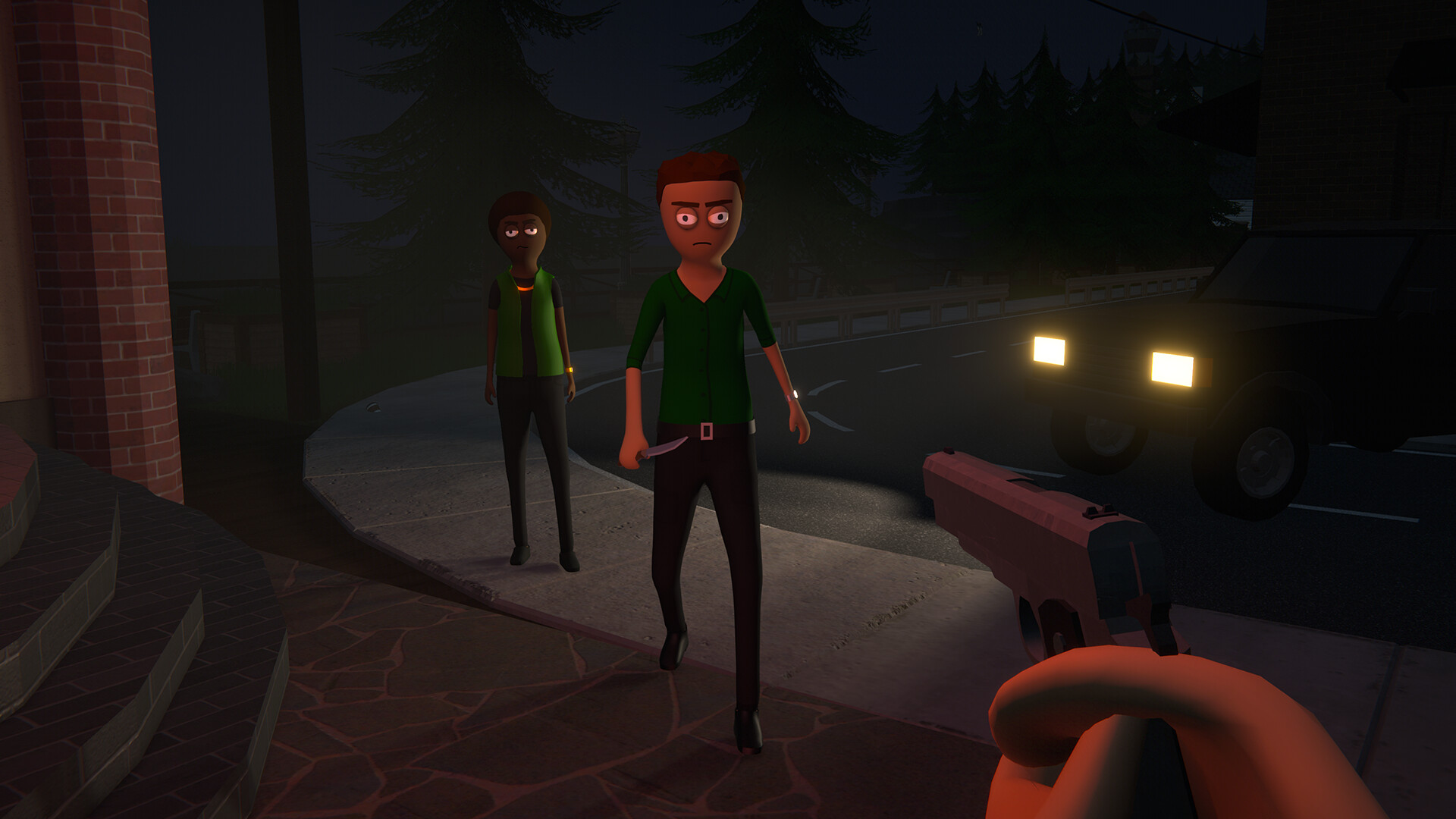
Exploring the Intriguing Backstory and Setting of Schedule 1
At the heart of Schedule 1 lies a gritty, no-holds-barred narrative that pulls you into the criminal underbelly of Hyland Point—a fictional West Coast city that feels as raw and dangerous as the life you’re about to dive into. Unlike many open-world games that hand you power on a silver platter, this story starts where most people would give up: with absolutely nothing.
You’re not a notorious kingpin or some ex-hitman with a dark past. You’re a nobody. A broke, nameless drifter with no product, no cash, no reputation, and zero connections. Just a duffel bag, a dream, and the kind of reckless ambition that either builds empires or gets you killed.
Hyland Point is a city of contradictions. On one hand, it’s grimy and unwelcoming, full of back alleys, decaying buildings, and shady characters. On the other, it’s buzzing with opportunity—if you know how to take advantage of it. Think of it like the criminal version of Silicon Valley: high risk, high reward, and no room for hesitation. You either claw your way to the top or you get buried by the competition.
What makes the setting even more compelling is its layered structure. Hyland Point isn’t just a sandbox to run around in—it’s a living, breathing ecosystem. The cops don’t just show up for scripted missions; they actively patrol the streets, sniffing out illegal activity. Rival dealers and cartels are doing the same thing you are—trying to rise up the ranks—and they won’t hesitate to take you out if you start stepping on their turf.
As the story unfolds, you slowly build your operation from scratch. Your journey takes you from hand-delivering drugs to strangers in dark corners to running an automated empire with supply chains, distribution networks, and a crew of employees working around the clock. And all the while, the tension builds. The better you get, the more attention you attract—from both the law and the cutthroat competition.
But here’s the kicker: Schedule 1 never relies on flashy cutscenes or scripted drama to tell its story. Instead, it lets the world itself narrate. Every busted deal, every close call with the cops, every bullet you dodge or cartel you outsmart—weaves into a larger tale of survival, ambition, and hustle.
There’s also something oddly poetic about the way the game mirrors real-world struggles. This is the American dream flipped on its head. Instead of chasing promotions and stock options, you’re grinding for lab equipment, dealer loyalty, and turf control. It’s not glamorous—it’s dirty, dangerous, and desperate. But it feels authentic. There’s a rawness to it that hooks you early and refuses to let go.
The city itself has a distinct flavor, too. Styled with a low-poly, caricature aesthetic, Hyland Point manages to be visually striking while still feeling grungy and dangerous. It walks a tightrope between stylized and immersive, giving you just enough realism to ground the world, without turning it into a depressing slog.
All in all, the backstory and setting of Schedule 1 do more than just provide a backdrop—they’re a core part of the experience. They shape how you play, what decisions you make, and how deeply you get sucked into the game’s morally grey universe. It’s not just about becoming rich—it’s about surviving, thriving, and building an empire from the ashes of your anonymity.
And trust me, by the time you’ve carved out your place in Hyland Point, you’ll feel like you’ve lived a lifetime in those virtual streets.
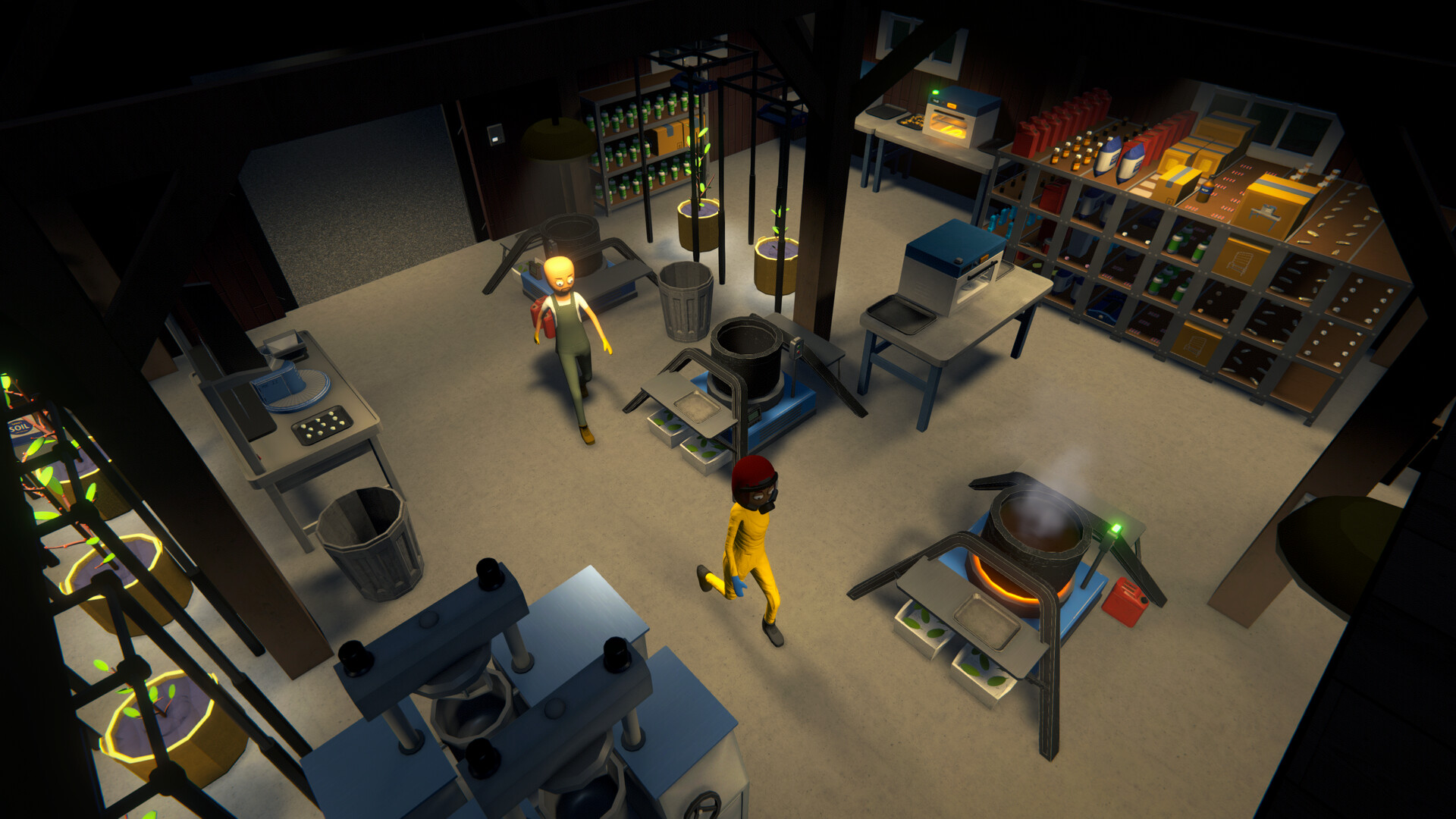
An In-Depth Look at Gameplay Mechanics That Set Schedule 1 Apart
Alright, let’s get into the meat of it. Schedule 1 isn’t just about running from the cops or causing chaos—though there’s plenty of that too. It’s a simulation at its core, and it goes deep.
Manufacturing Mayhem
You start small—cooking low-grade narcotics using whatever ingredients you can scavenge. But as your knowledge and network grow, so do your capabilities. The production system is surprisingly complex. Each drug has its own unique recipe and method of preparation, giving you room to experiment with different variants and enhancements.
Want to whip up a designer blend with “special” effects? You can. Prefer to stick to classic recipes for volume and consistency? That works too. It’s a careful balance between quality and quantity.
Distribute or Delegate
Once your product is ready, it’s time to move it. You can take to the streets yourself—on foot, by skateboard, or behind the wheel—or you can build a network of dealers to handle it for you.
As your empire expands, you’ll unlock the ability to automate much of your operation. That means less time running deliveries and more time managing suppliers, tweaking production lines, or scouting new turf. You’re not just playing a dealer—you’re becoming a kingpin.
Fighting for Survival
But it ain’t all business. This is a dangerous game. Law enforcement tightens the noose as your rep grows, and rival cartels don’t take kindly to competition. You’ll find yourself in plenty of scraps, whether that’s street brawls or full-on gunfights. You can fight with fists, melee weapons, or firearms—whatever it takes to survive.
Co-op Crime
What’s better than building a criminal empire? Doing it with friends. Schedule 1 features co-op multiplayer, allowing you and your squad to manage operations together, split responsibilities, and have each other’s backs when things get heated.
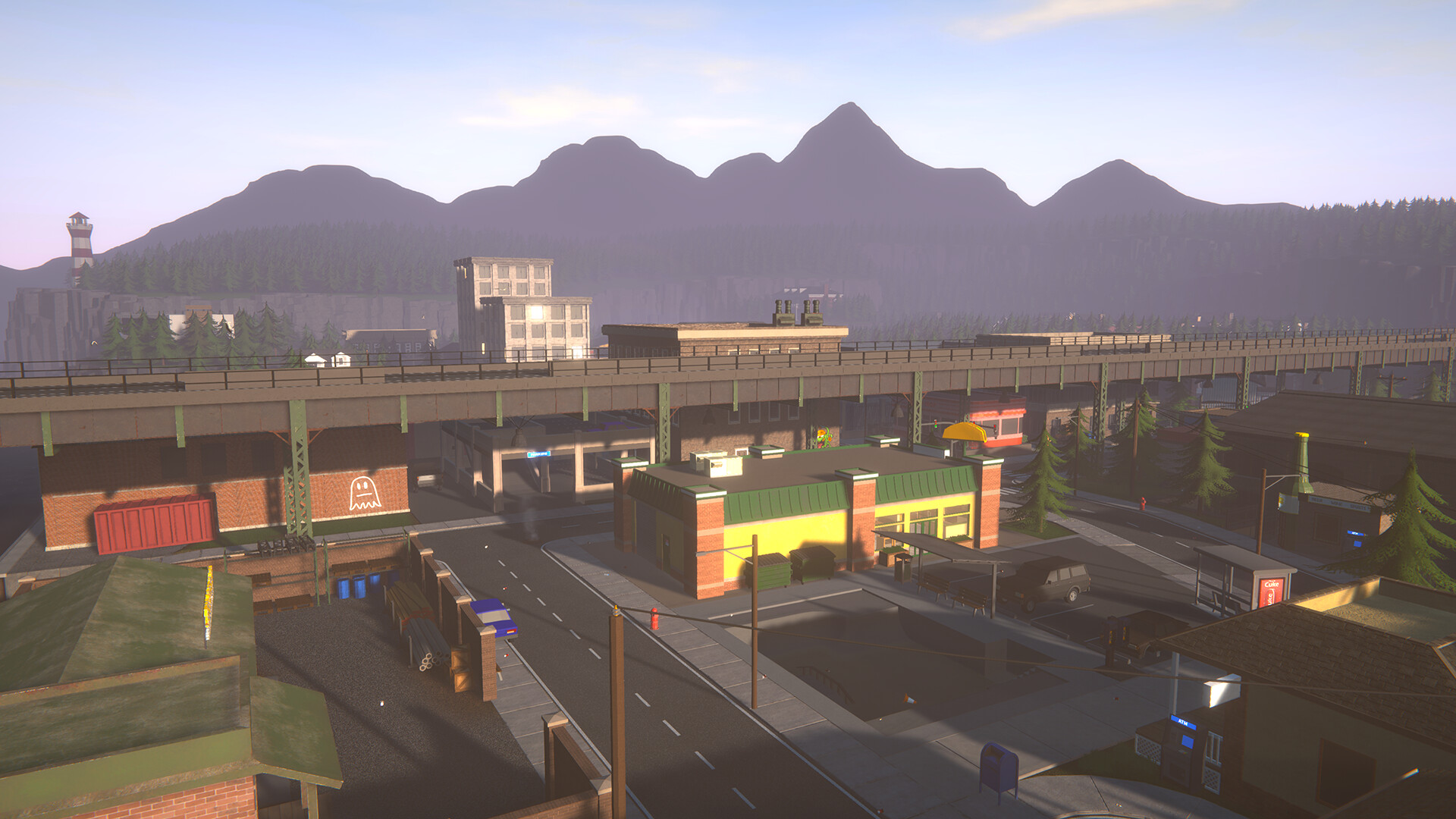
The Unique Genre Blend That Makes Schedule 1 So Addictive
Let’s be real: there are plenty of crime-based games out there. But Schedule 1 mixes things up by combining elements from several genres in one chaotic cocktail.
You’ve got:
- Simulation – Deep production and economic management systems.
- Open-world exploration – Freely roam Hyland Point and interact with the environment.
- Survival and combat mechanics – You’ll fight, hide, and outsmart enemies constantly.
- Role-playing – Your decisions matter; how you run your empire shapes your journey.
- Co-op multiplayer – Turn a solo hustle into a full-blown cartel operation with friends.
This genre blend gives Schedule 1 a unique rhythm. It’s not just about high-octane action or strategic planning—it’s about the seamless integration of both. That balance keeps you constantly engaged, always planning your next move while dealing with the fallout of your last one.
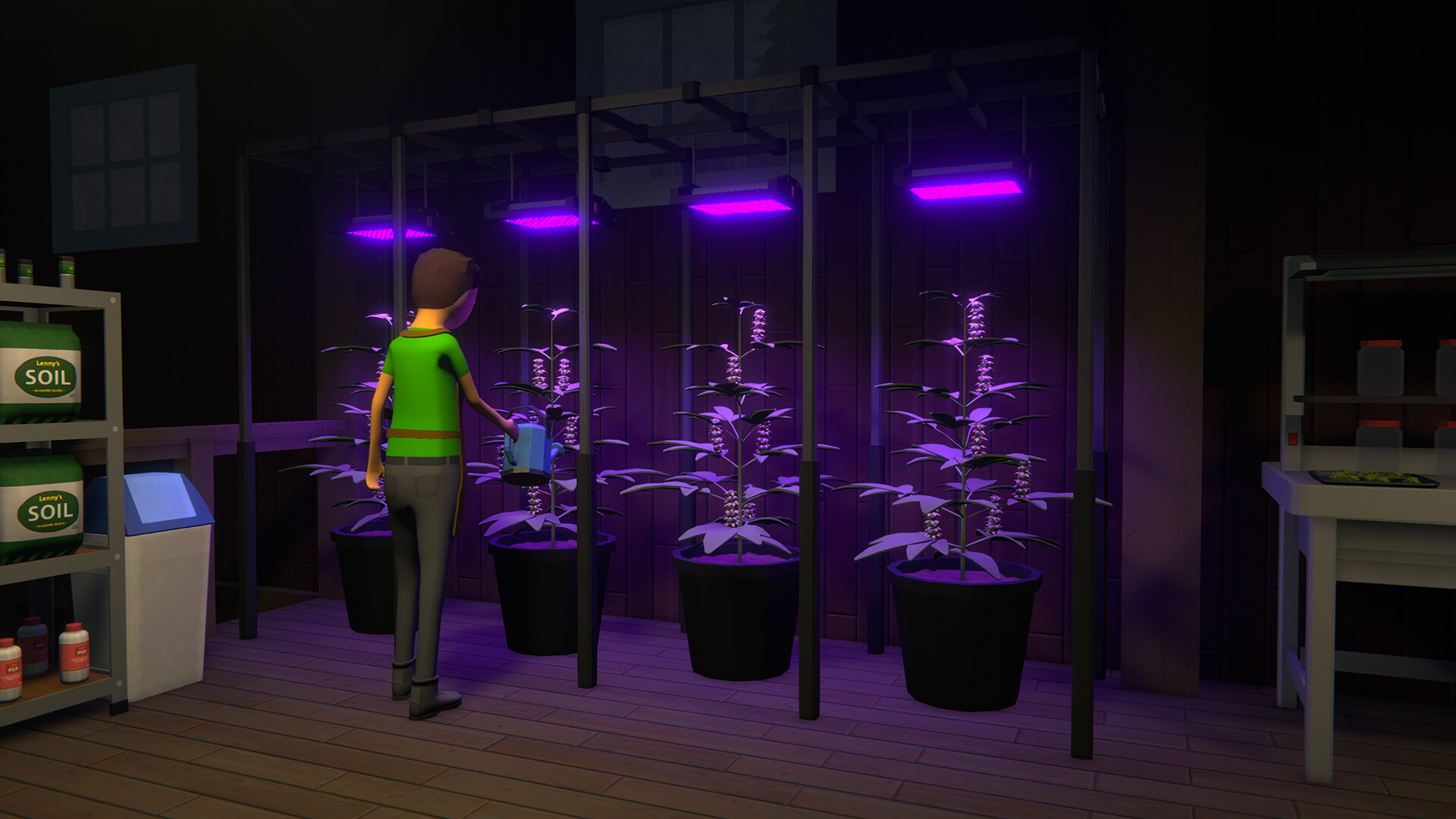
Development Details: Early Access Plans and Community Involvement
Schedule 1 was released on March 24, 2025, in Early Access for PC, and it’s been evolving ever since. Created by TVGS, a small indie studio out of Australia, the game is still in active development with monthly content updates planned for the foreseeable future.
What’s cool is that the devs are deeply connected with the community. Feedback is regularly pulled from forums and Discord polls, and major updates are shaped by what the players want to see. This isn’t just a developer pushing updates—it’s a collaborative, growing project.
Here’s what they’re working on for the full release:
- A bigger map with new areas and missions.
- More drugs and recipes for even deeper production options.
- Expanded networks for suppliers and customers.
- New stuff to buy with your dirty money—from vehicles to weapons to properties.
The game will also see a price hike (25–50%) after leaving Early Access, so now’s the time to get in if you’re curious.
Platforms, Release Date, and Visual Presentation: What to Expect
As of now, Schedule 1 is available exclusively on PC via Early Access. There’s no word on console ports yet, but given the game’s complex systems and UI, PC feels like the natural home for it—at least for now.
The visual style is definitely worth mentioning. The game uses a low-poly, caricatured design that balances realism with a stylized, almost comic-book look. Think gritty cartoon—but in a way that suits the game’s tone perfectly. It doesn’t try to be hyper-realistic, and that’s a good thing. The art helps offset the mature themes, keeping things immersive without getting too heavy.
Despite the simplified graphics, the city of Hyland Point feels alive—there’s movement, chaos, and character in every corner.
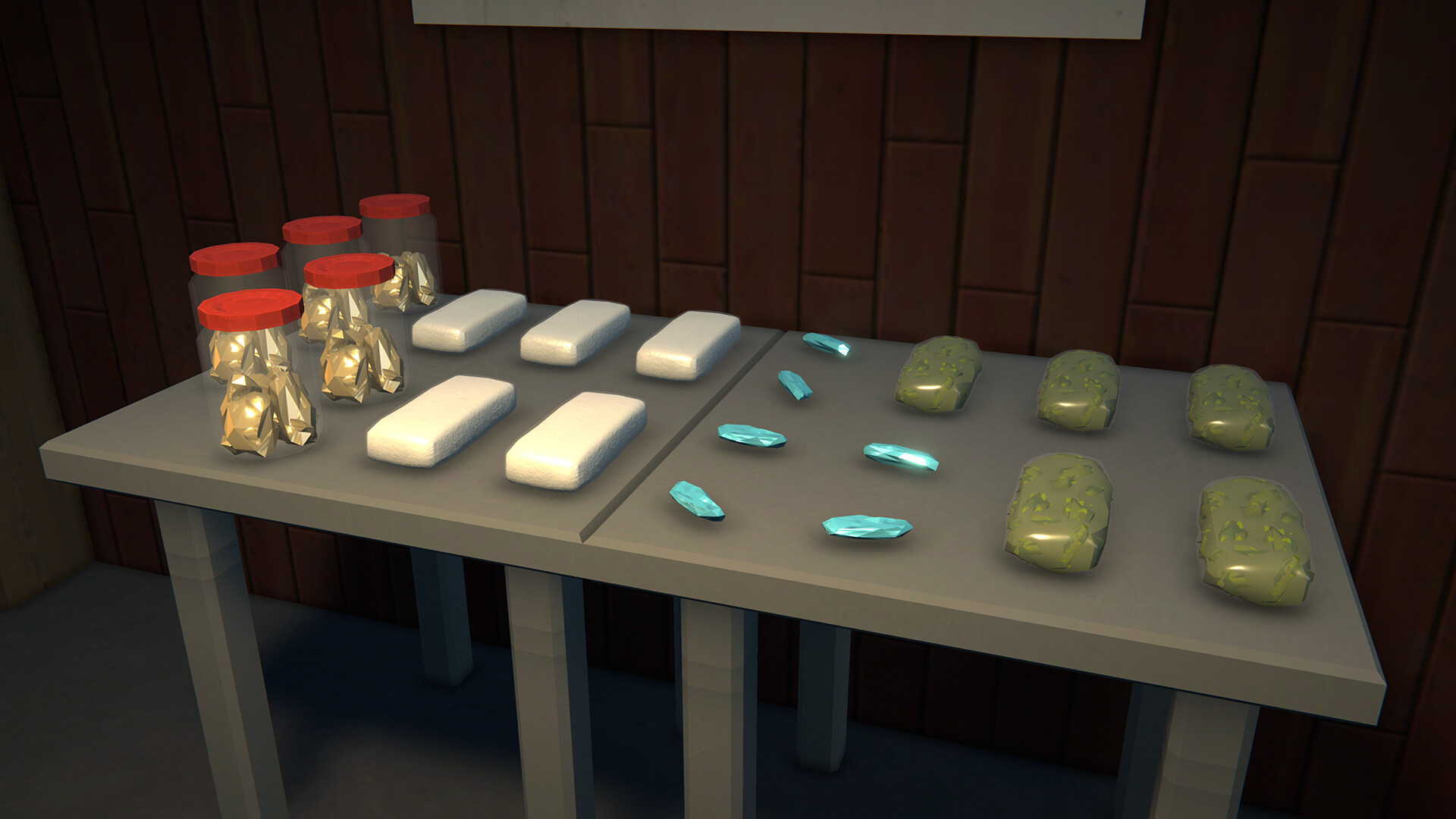
Why Schedule 1 Deserves a Spot in Every Gamer’s Library
Let’s wrap it up: Schedule 1 is more than just another gritty game about drugs and crime. It’s a deep, strategic, and often chaotic simulation that delivers an experience unlike anything else on the market. It manages to take a sensitive and mature theme—the drug trade—and build a game around it that’s not just fun but also weirdly educational. You’re learning the ins and outs of production, distribution, management, and survival, all while navigating a world full of danger and opportunity.
What makes this game really stand out, though, is the freedom it offers. You’re not on rails. There’s no single path to success. Want to be a lone wolf, running deliveries by hand and fighting off enemies with a baseball bat? Go for it. Prefer to scale up, automate your empire, and sit at the top of the food chain while your dealers do the dirty work? That’s an option too. You can play it safe or play it savage—the choice is always yours.
Then there’s the fact that it’s constantly evolving. With regular updates, a roadmap full of juicy content, and a development team that actually listens, Schedule 1 is more than just a game—it’s a living project. That’s rare in the gaming world these days. And for Early Access players, there’s a real sense that you’re not just playing a game, but actively shaping its future alongside the developers.
Sure, it’s not for everyone. If you’re easily offended or prefer your games squeaky clean, this probably isn’t your jam. But if you’re someone who appreciates bold storytelling, layered gameplay systems, and the kind of freedom that most games only pretend to offer, Schedule 1 is absolutely worth your time.
So, whether you’re in it for the empire-building, the thrill of the hustle, or just the novelty of skating through a crime-ridden city with a backpack full of pills, Schedule 1 offers an experience that’s raw, real, and seriously hard to put down. It’s not just a game—it’s a lifestyle sim for the reckless and the ambitious.
Bottom line? If you’ve got the guts for it, Schedule 1 is the kind of ride you won’t forget.
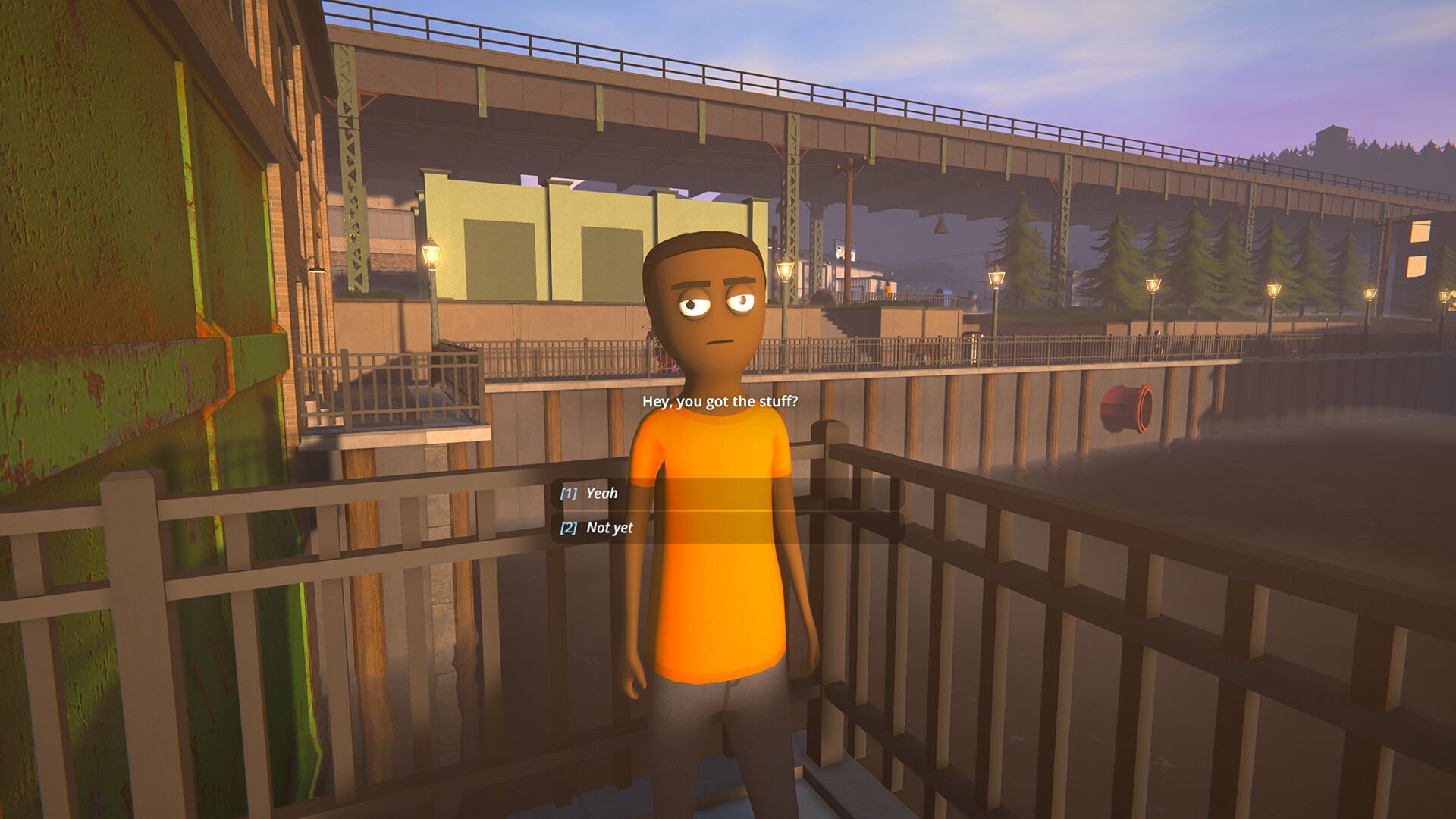
Frequently Asked Questions (FAQs) about Schedule 1
- Is Schedule 1 suitable for younger players?
Nope. The game includes mature themes like drug manufacturing and violence. It’s strictly for adults and those who can handle serious content. - Can I play Schedule 1 solo, or is it better with friends?
You can absolutely play solo, but co-op adds a fun dynamic. It’s like running a startup—with a criminal twist—alongside your crew. - Will there be a console release for Schedule 1?
As of now, it’s only available on PC. There’s no official word on console support, but it’s always possible down the line. - How much content is available in Early Access?
Tons. You’ve got a fully playable open world, multiple drugs to produce, properties to buy, dealers to hire, and combat systems already in place. - What makes Schedule 1 different from other drug dealer simulators?
Its depth. The game blends sim, survival, RPG, and open-world mechanics like no other. Plus, the co-op mode and ongoing updates keep it fresh.